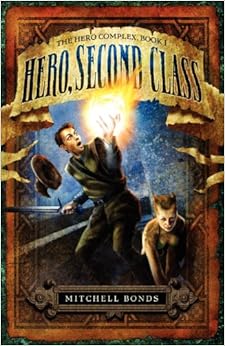 The Short:
The Short:
A Cast of Stones
(The Staff and the
Sword Book 1)
By: Patrick W. Carr
5/5 Stars (and possibly being added to the favorites list)
What: A village drunk finds out he’s a reader—someone with
the ability to cast lots predicting the future.
Recommended to those who like: Loose Christian Message,
Fantasy, Redemption stories, sword fights, good world building
The Long:
When I find a free book, I don’t always have the highest
expectations. But even had I paid something for this one, I wouldn’t have been
disappointed.
A Cast of Stones blew
me away. It’s one of the best Christian fantasy books that I’ve read in a long
time. The world building is original, the writing is fantastic, and the plot is
gripping.
Throughout the story, we follow Errol, the village drunk who
can’t seem to go one night without getting kicked out of a tavern. One day, a
church messenger gives him a message to deliver to a priest in the wilderness.
Though he has no love for the church, the money proffered will be enough to
keep him in ale for a few weeks.
His journey eventually takes him across the kingdom and
thrusts him deep into church politics. The old king is dying and the race is on
to find a replacement since has no heir. But someone wants to keep Errol from
ever being of use to the church, though he can’t see why he’s important.
Much of the story focuses on the concept of “readers”—people
with the ability to carve and cast lots to determine where others are, who is
responsible for assassination attempts, whether someone is alive or dead, what decisions people
will make, etc. The concept is intriguing and well explained.
The fantasy/medieval elements are well woven together and
the world building is convincing. There is a Christian message to the story,
but it certainly doesn’t overwhelm the plot and it doesn’t come across as a
sermon. Even Christians are portrayed as flawed, which was well done and refreshing .
Again, I can’t say enough about this book; I was truly
impressed by it—even more so due to the fact that this was Mr. Carr’s first novel. I
look forward to reading more of his writing, especially
the rest of this series.
If you’ve read the book, feel free to share your thoughts
below. Please remember to be respectful of Mr. Carr and his work, as well as
other commentators. I also welcome comments on what you would like to see
included in the reviews. I reserve the right to remove vulgar, hateful, or rude
remarks from the comments. Thanks for sharing!




